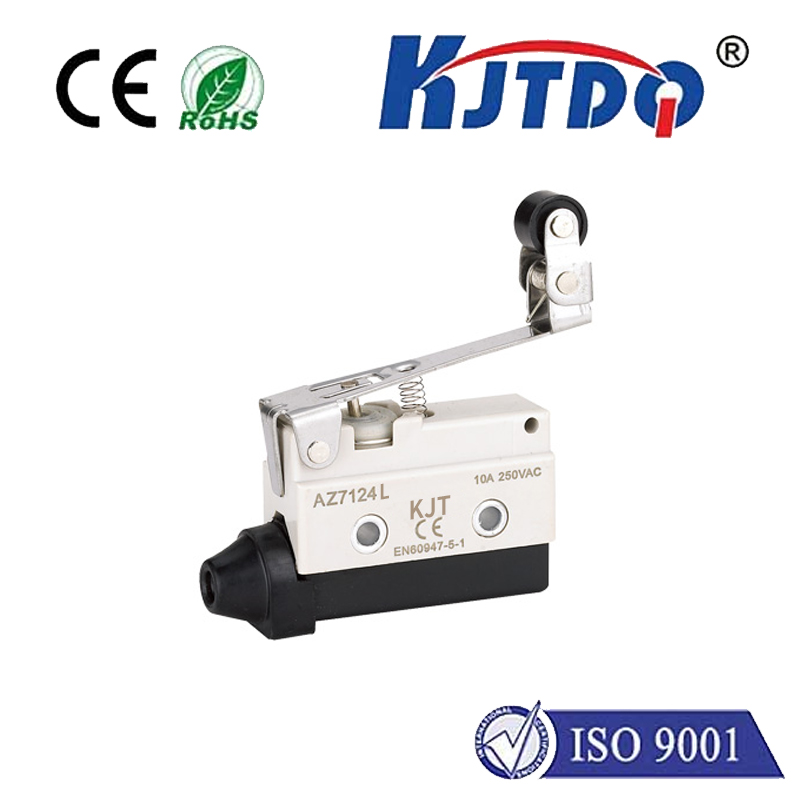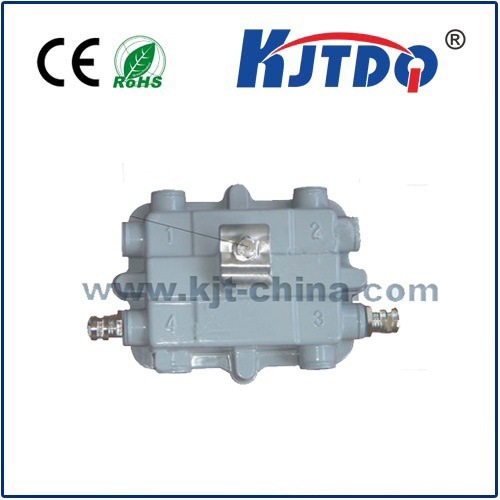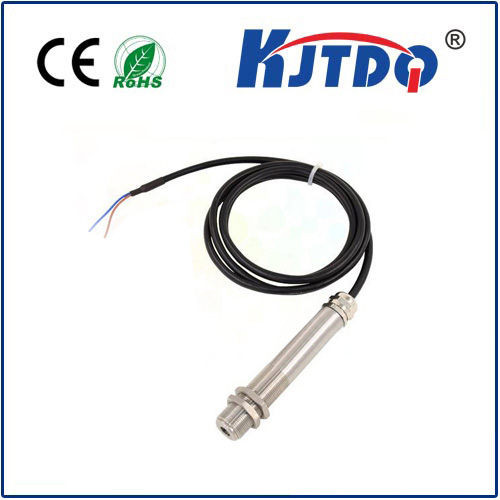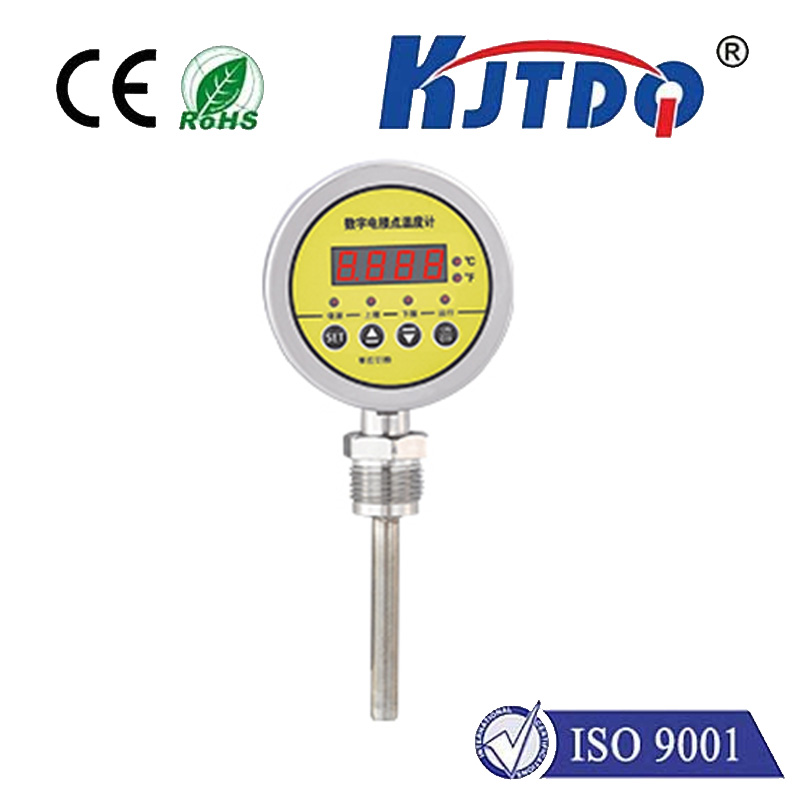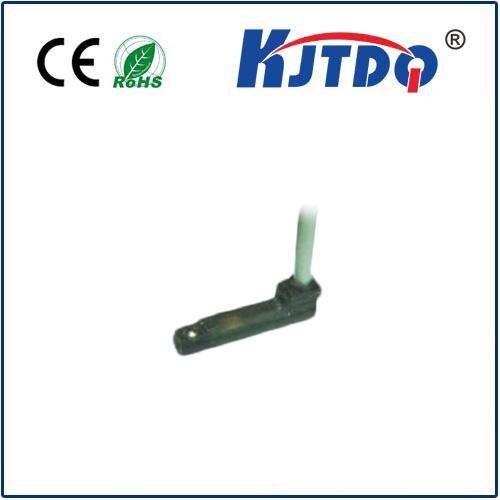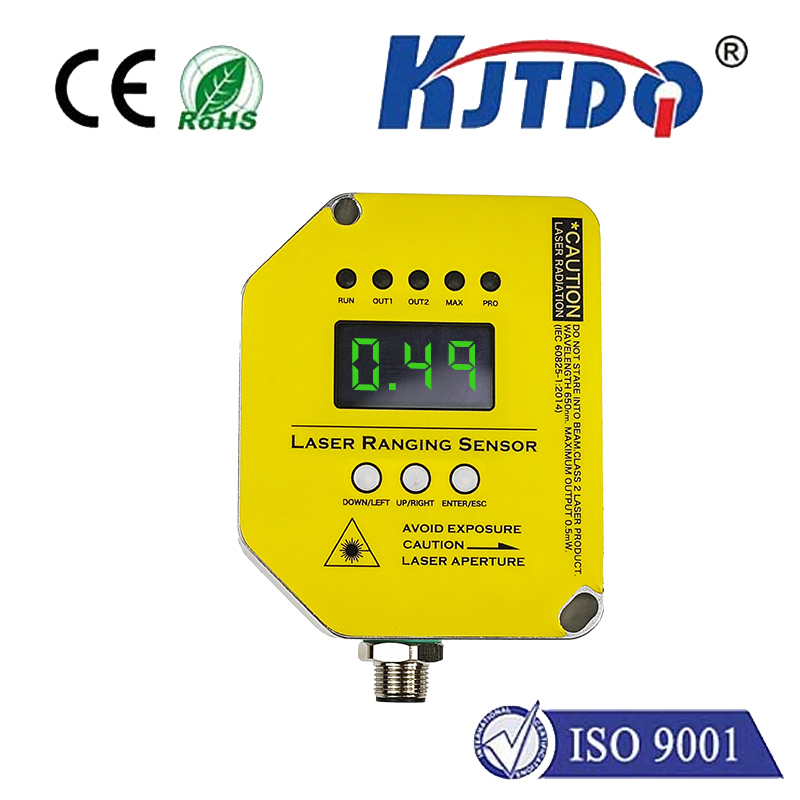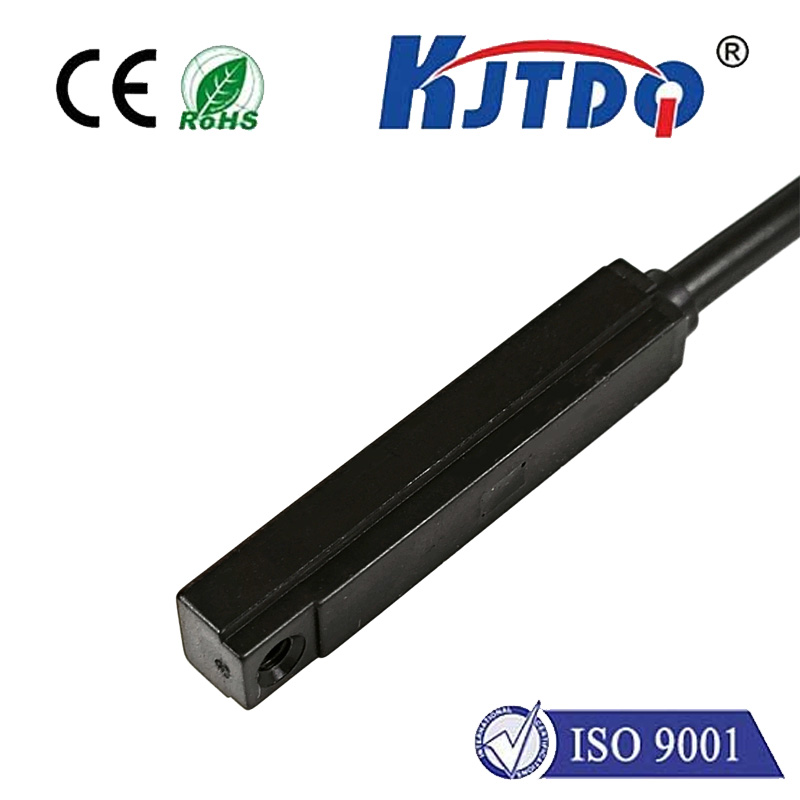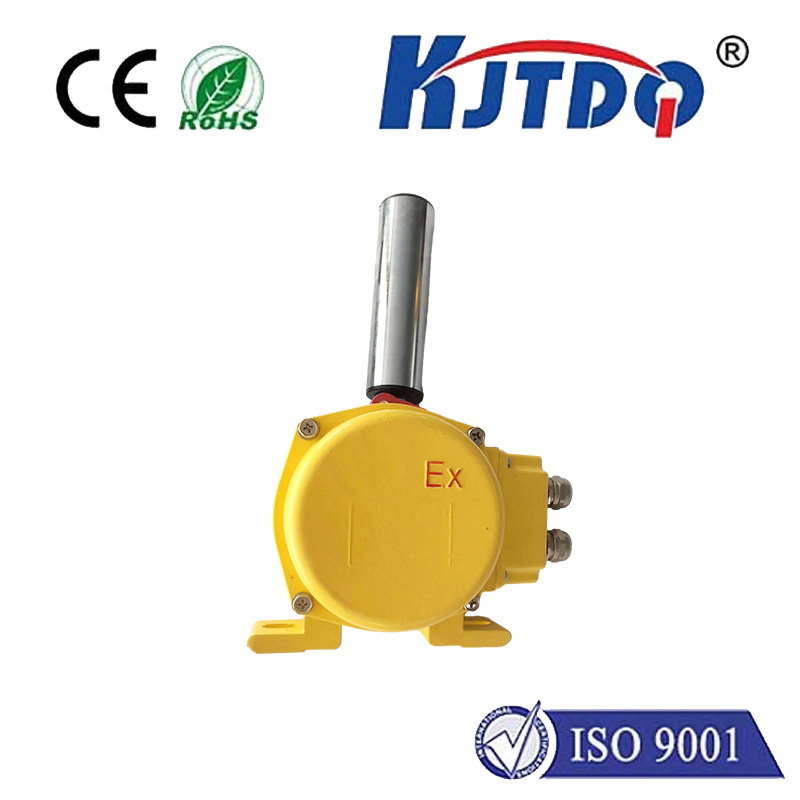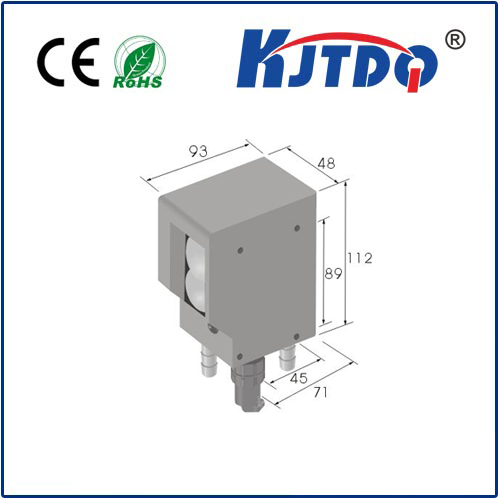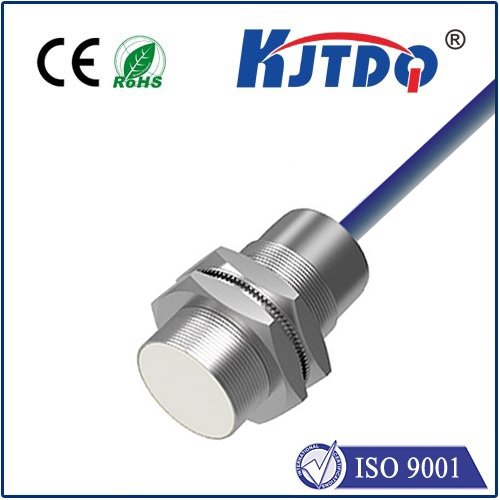sensor switch proximity
- time:2025-09-05 14:56:25
- Нажмите:0
Sensor Switch Proximity: The Invisible Hand Powering Modern Convenience & Efficiency
Imagine walking into a dark room and the lights turn on automatically as you approach. Picture industrial machinery safely halting operations the instant a worker gets too close to a hazard zone. Envision sleek, button-less interfaces activating with just a subtle wave of your hand. This seamless interaction, this “magic,” is largely driven by one fundamental technology: Sensor Switch Proximity.
Often the unsung heroes of automation and user experience, proximity sensor switches are intelligent devices designed to detect the presence, absence, or approach of an object without any physical contact. They silently monitor their surroundings, triggering actions based on proximity – essentially acting as an automatic switch governed by nearness. This simple concept unlocks vast potential across countless applications, making our environments smarter, safer, and more efficient.
Unlocking Diverse Applications: From Home to Factory Floor
The reach of proximity sensing switches is truly ubiquitous:

- Smart Homes & Offices: This is where most people encounter them directly. Proximity sensors embedded in sensor light switches automatically illuminate entries, hallways, closets, or workspaces as occupants enter, enhancing convenience and promoting significant energy savings by preventing lights from being left on unnecessarily. They power faucets and soap dispensers in restrooms, improving hygiene.
- Consumer Electronics: Touchless gesture control in smartphones, tablets, and smart speakers often relies on proximity sensing. Handset proximity detection turns off the screen during phone calls to prevent accidental touches. Automatic screen dimming or locking when a user walks away relies on this technology.
- Промышленная автоматизация: Factories heavily leverage proximity sensors for critical tasks:
- Position Sensing: Precisely detecting the position of machine parts, robotic arms, or conveyors.
- Object Counting: Tracking items on a production line.
- Safety Interlocks: Creating safety barriers around dangerous machinery. If a person or object breaches the proximity zone, the sensor triggers an immediate stop command, preventing accidents. This is vital in environments where contact switches could fail or be impractical.
- Level Detection: Monitoring material levels (granular, liquid) in tanks or hoppers without contact.
- Presence/Absence Verification: Confirming parts are correctly loaded before a process begins.
- Автомобильная промышленность: Proximity sensors are core to parking assist systems, blind-spot monitoring, automatic door unlocking when a key fob approaches, and safety systems triggering alerts or automatic braking when objects are too close.
The Core Principle: Sensing Without Touch
So, how does this sensor switch proximity technology actually work? At its heart, a proximity sensor switch emits a field or beam (electromagnetic, electrostatic, optical) and monitors changes within that field caused by an intruding object. Crucially, it doesn’t need to touch the target. When an object (metal, plastic, liquid, or even a human body) enters this detection zone, the sensor’s field reacts:
- Field Disturbance: The presence of the target object alters the characteristics of the emitted field (e.g., capacitance changes, electromagnetic field distortion, interruption of an infrared beam).
- Signal Processing: The sensor’s internal circuitry detects this specific alteration.
- Switch Trigger: The detection signal is processed, and the sensor acts like a switch, changing its output state (e.g., from Open to Closed, or High to Low voltage).
- Action: This output change directly controls a connected device – turning on a light, stopping a motor, initiating a count, unlocking a door.
Diverse Technologies for Different Needs
Not all proximity sensor switches are the same. The choice depends heavily on the target material and the specific application environment. Common types include:
- Inductive Proximity Sensors: Primarily detect metallic objects. They generate an oscillating electromagnetic field. When a metal object enters this field, it induces eddy currents within the metal, causing a detectable drop in the sensor’s oscillation amplitude. Highly reliable in harsh industrial settings.
- Capacitive Proximity Sensors: Detect a much wider range of materials, including metals, plastics, wood, liquids, powders, and even the human body. They sense changes in capacitance between the sensor’s electrode and the target object (acting as the other electrode). Ideal for level detection and touchless interfaces.
- Photoelectric (Optical) Proximity Sensors: Use a beam of light (visible or infrared) and detect its presence, absence, or reflection. Can detect non-metallic objects at greater distances. Types include:
- Through-beam: Separate emitter and receiver; object breaks the beam.
- Reflective: Emitter and receiver in one unit; object reflects the beam back.
- Diffuse Reflective: Similar to reflective, but detects the object by the light it diffusely scatters back. Often used for presence detection.
- Ultrasonic Proximity Sensors: Emit high-frequency sound waves and measure the time it takes for an echo to return. Detect solid objects and liquids, often used for distance measurement and level detection.
The Compelling Advantages of Proximity Sensing Switches
Why choose a sensor switch proximity over traditional mechanical switches? The benefits are substantial and often game-changing:
- Non-Contact Operation: This is the single biggest advantage. No physical wear and tear from repeated contact means vastly improved longevity and reliability. Operations remain uninterrupted, reducing maintenance costs and downtime.
- Повышение безопасности: Their non-contact nature makes them perfect for hazardous environments (high voltage, explosive atmospheres, corrosive materials) or safety-critical applications where physical interaction is dangerous or impossible. They are vital components in safety light curtains and interlocks.
- High Speed & Reliability: Capable of detecting objects at very high speeds, far exceeding the capability of mechanical switches. Immune to vibration and shock.
- Hygiene: Touchless operation in restrooms and food/pharmaceutical processing environments minimizes the spread of germs and contamination.
- Robustness: Sealed designs (IP67, IP68) allow them to operate reliably under challenging conditions – dusty, dirty, or wet environments – where mechanical switches would quickly fail.
- Энергоэффективность: Crucial in applications like automatic lighting control, eliminating “forgotten-on” lights. Also reduces power consumption in standby modes for electronics.
Choosing the Right Sensor Switch Proximity
Selecting the optimal proximity sensor requires careful consideration:
- Target Material: What needs to be detected (metal, plastic, liquid, human)?
- Detection Range: How far away does the sensor need to detect the object?
- Environment: Conditions like dust, moisture, extreme temperatures, or potential chemical exposure?
- Output Type: What kind of signal is needed to interface with your control system (e.g., DC NPN/PNP, relay, analog)?
- Mounting Constraints: Size and shape limitations?
- Special Requirements: Resistance to specific chemicals? High-speed detection? Explosion-proof rating?
Understanding these factors ensures the sensor performs reliably and effectively in its intended role. Sensor switch proximity technology, while often operating unseen, is a fundamental enabler of the automation, convenience, safety, and efficiency we increasingly depend on in our modern world. From the intuitive light in your hallway to the safety

